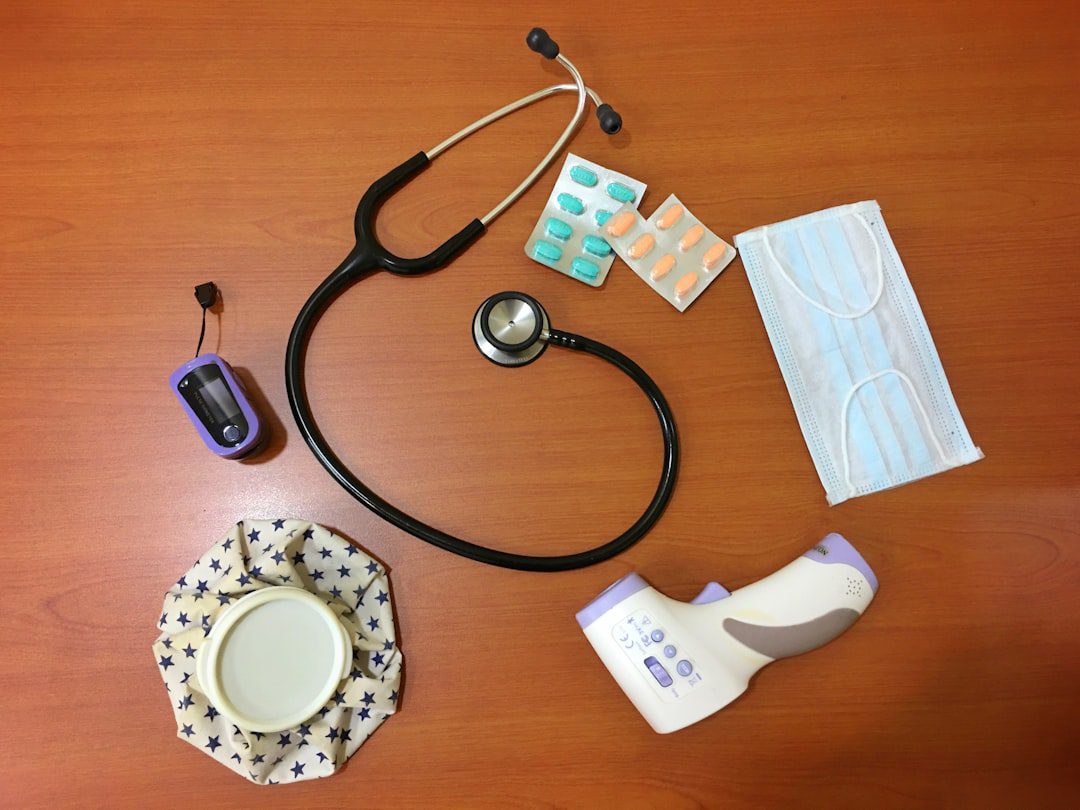
Essential Medical Device Recall Tracking: 4 Critical Steps for Manufacturers to Enhance Compliance and Patient Safety
With 147 medical device recall events recorded by late February 2025—including 20 Class I recalls representing the most serious safety risks—the importance of robust recall tracking systems has never been more critical for medical device manufacturers. These statistics underscore a sobering reality: recalls are not rare events but ongoing compliance challenges that demand proactive management strategies.
Understanding the Current Recall Landscape
The 13.6% rate of Class I recalls among recent events highlights the severity of issues facing the medical device industry. Class I recalls involve devices that could cause serious adverse health consequences or death, making effective tracking systems essential for both regulatory compliance and patient safety. Under FDA regulations, manufacturers must maintain comprehensive recall procedures as part of their quality management systems per 21 CFR 806.
Why Recall Tracking Matters More Than Ever
Effective recall tracking serves multiple critical functions for medical device manufacturers:
- Regulatory Compliance: FDA requires manufacturers to implement corrective and preventive actions (CAPA) and maintain detailed records of all recall activities
- Risk Mitigation: Swift, accurate tracking minimizes patient exposure to defective devices and reduces liability exposure
- Supply Chain Management: Proper tracking enables rapid identification and isolation of affected products throughout the distribution network
- Reputation Protection: Demonstrating proactive recall management builds trust with healthcare providers and regulatory bodies
The Four Essential Steps for Enhanced Recall Tracking
1. Establish Comprehensive Traceability Systems
Implement robust device identification and tracking mechanisms that comply with FDA’s Unique Device Identification (UDI) requirements. This includes maintaining detailed records of device distribution, including lot numbers, serial numbers, and destination facilities. Your traceability system should integrate with existing quality management systems to ensure seamless data flow and accessibility.
2. Develop Real-Time Monitoring Capabilities
Create systems that can quickly identify potential safety issues through post-market surveillance activities. This involves establishing clear protocols for adverse event reporting, trend analysis, and early warning indicators. Consider implementing automated alert systems that flag unusual patterns in device performance or customer complaints.
3. Strengthen Communication Protocols
Establish clear, tested communication channels with distributors, healthcare facilities, and end users. Your recall communication strategy should include multiple contact methods, standardized messaging templates, and verification procedures to ensure critical safety information reaches all affected parties promptly.
4. Implement Continuous Improvement Processes
Regular assessment and enhancement of recall procedures ensure your systems remain effective and compliant. This includes conducting periodic recall simulation exercises, reviewing and updating recall procedures, and incorporating lessons learned from industry recalls into your own processes.
Regulatory Requirements and Best Practices
FDA’s medical device reporting (MDR) requirements under 21 CFR 803 mandate that manufacturers report deaths, serious injuries, and malfunctions. Additionally, ISO 13485:2016 emphasizes the importance of feedback systems and corrective actions. Manufacturers should ensure their recall tracking systems address these regulatory requirements while incorporating industry best practices for risk management.
Action Items for Manufacturers
To enhance your recall tracking capabilities, consider these immediate actions:
- Audit Current Systems: Evaluate your existing recall procedures against FDA requirements and industry standards
- Invest in Technology: Consider advanced tracking software that integrates with your quality management system
- Train Your Team: Ensure all relevant personnel understand recall procedures and their roles in the process
- Test Your Systems: Conduct regular mock recalls to identify gaps and improve response times
- Review Supplier Agreements: Ensure distributors and suppliers have compatible tracking and communication systems
Moving Forward with Confidence
The current recall statistics serve as a reminder that effective recall tracking is not optional—it’s a fundamental requirement for responsible medical device manufacturing. By implementing these four critical steps, manufacturers can better protect patients, maintain regulatory compliance, and preserve their market reputation in an increasingly complex regulatory environment.
Remember, the goal is not just compliance but excellence in patient safety. Your recall tracking system should be viewed as an integral component of your overall quality management strategy, designed to prevent issues before they occur and respond swiftly when they do.


No comments yet. Be the first to comment!